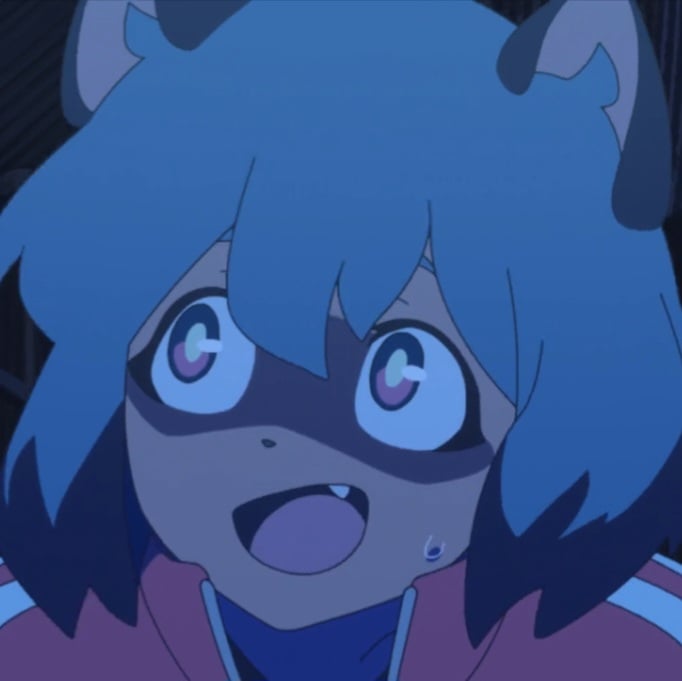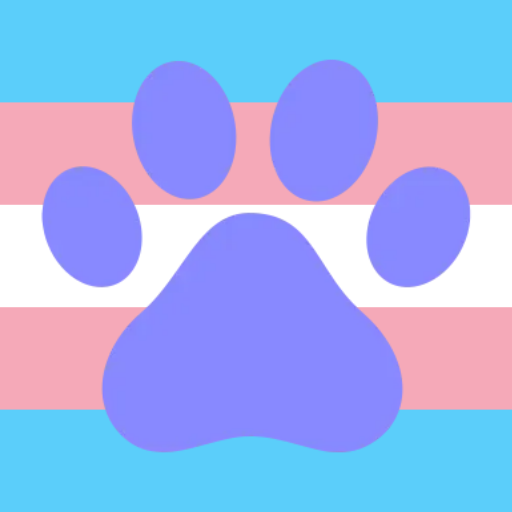[TW: Mentions of sexual dimorphism in animals. TWed just in case]
Most animals are sexually dimorphic, which means male and female individuals are different from each other beyond their bottoms. But for some animals, the differences are even more starking than humans.
For example, the different feather colors between male and female mallards. Male mallards have green heads while female mallards are mostly brown.
Other animals takes it further. Such as how all workers of a eusocial insect (ants, bees, and wasps) colonies are female and the males are just drones. There are many other examples in the wild.
When we turn these animals into anthros, we tend to keep their dimorphism, at least most of the obvious ones like how anthro deers have antlers, male anthro lions have manes, etc.
Now imagine if these anthros were transgender, how would it work out? How would they transition?
For example, how would transgendeers deal with their antlers? Would they wear fake antlers (for FtM deers) or cut their antlers (for MtF deers)? And what about anthro animals where the male and the female individuals have different fur/feather patterns? Would they have to paint their fur?
I suppose hormone could play a part in dimorphism even for animals, so much like humans, HRT may exist for anthros. But how would they work and what’s the effect for anthros, especially for non mammals like insects, avians, and fish sonas?
But aside from that. I think the biggest hurdle would be size differences. Many male animals are larger than their female counterparts, sometimes as far as being twice their size. That could be a problem even worse than height dysphoria.
Of course, all of this can be hand-waived. Just like how anthro bears and anthro rabbits are often drawn the same size despite being a bear and a rabbit, we could also make male anthros and female anthros the same general size.
Besides, most animals don’t have visible tops, yet most female anthros do.
But, I think this is an interesting topic to think about.


Also, things can get even more interesting to think about when we throw intersex into the equation.
And even wilder, animals that don’t conform to our idea of gender (yes, they exist too!). There are still a few things I think can be explored in this topic, sucb as:
Birds use chromosomes Z and W. ZZ is masc, ZW is fem.
This was a pretty common topic for articles after Finding Nemo was released!
Example 1
Example 2